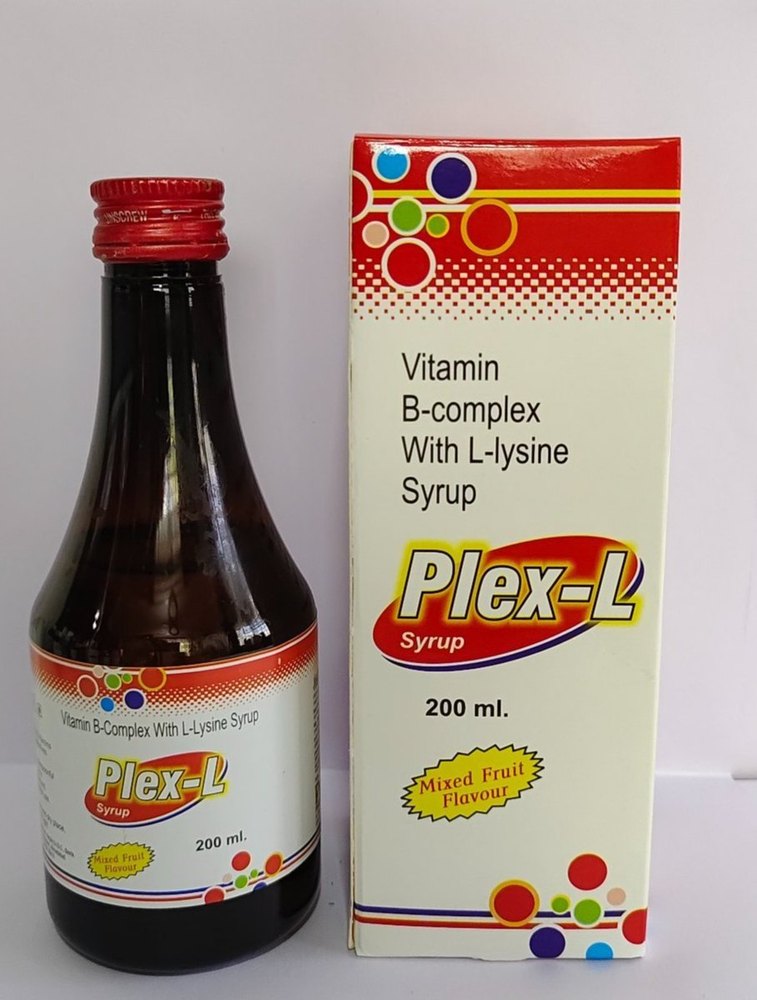Nysoscine
Nysoscine 10mg Tablet: Quick Guide
Nysoscine 10mg Tablet contains Hyoscine Butylbromide and is manufactured by G.D. Laboratories Pvt. Ltd. It’s available in Nepal.
What it’s for:
It’s used to relieve spasms and pain in the gastrointestinal tract, abdomen, and genitourinary system.
How to take it:
- Adults (Oral): Typically 20mg (two 10mg tablets), four times daily.
- Adults (Injection – IM/IV): 20mg, can be repeated after 30 minutes if needed (max 100mg/day).
- Children (6-12 yrs, Oral): 10mg, three times daily.
Important Warnings:
- Do NOT use if you have: Narrow-angle glaucoma, acute bleeding, paralytic ileus, certain heart conditions, or myasthenia gravis.
- Use with caution if you have: Liver/kidney disease, prostate enlargement, heart conditions, or are pregnant/breastfeeding.
- Interactions: Can increase drowsiness with alcohol/CNS depressants. Potentially dangerous with other anticholinergic drugs or TCAs.
- Side Effects: Common ones include dry mouth, blurred vision, dizziness, and constipation. Severe effects like CNS depression are rare but possible.
Always consult your doctor for medical advice. This information is for general knowledge and doesn’t replace professional medical judgment.
Description
Nysoscine 10mg Tablet: Your Guide
Nysoscine 10mg Tablet contains Hyoscine Butylbromide 10mg and is manufactured by G.D. Laboratories Pvt. Ltd. This medication is available in Nepal.
Nysoscine Tablet is primarily used to relieve spasms and pain. Its main uses include:
- Gastrointestinal tract spasm
- Abdominal pain
- Genitourinary spasm
Dosage Information
Always follow your doctor’s instructions for taking Nysoscine Tablet.
Adult Dose
- Oral (By Mouth) for Gastrointestinal/Genitourinary Spasms:
- The usual dose is 20 mg (two 10mg tablets) taken 4 times daily.
- Parenteral (Injection – IM/IV) for Gastrointestinal/Genitourinary Spasms:
- 20 mg injected into a muscle (IM) or vein (IV).
- This dose can be repeated after 30 minutes if needed.
- Maximum Daily Dosage: Do not exceed 100 mg in a 24-hour period.
Child Dose
- Oral (By Mouth) for Gastrointestinal/Genitourinary Spasms:
- For children aged 6 to 12 years: 10 mg (one tablet) taken three times daily (tid).
Note: Information regarding specific renal (kidney) dosing is not provided. Consult your doctor if you have kidney issues.
Important Considerations Before Taking Nysoscine
Do Not Take If You Have:
- Narrow-angle glaucoma
- Acute hemorrhage (severe bleeding)
- Paralytic ileus (bowel paralysis)
- Tachycardia (fast heart rate) due to cardiac insufficiency (heart weakness)
- Myasthenia gravis (a neuromuscular disorder)
Use With Caution If You Have:
- Hepatic/renal disease (liver or kidney disease)
- Pyloric stenosis (narrowing of the stomach outlet)
- Urinary retention or prostatic hyperplasia (enlarged prostate)
- Psychosis or seizure disorders
- Ulcerative colitis
- Coronary artery disease, tachyarrhythmias (fast irregular heartbeats), heart failure, or hypertension (high blood pressure)
- Elderly patients, children, pregnant, or lactating individuals should use with caution and under medical supervision.
Pregnancy and Lactation
Consult your doctor before using Nysoscine if you are pregnant or breastfeeding.
Drug Interactions
Tell your doctor about all medications you are taking.
- Increased Sedation: Combining Nysoscine with alcohol or other CNS depressants (medications that slow brain activity) can lead to increased drowsiness.
- Reduced Effects: The effects of Nysoscine may be reduced if taken with acetylcholinesterase inhibitors (e.g., donepezil, galantamine, rivastigmine, tacrine), which are used for conditions like Alzheimer’s disease.
- Potentially Fatal Interactions: The effects of Hyoscine Butylbromide can be significantly potentiated by other anticholinergic drugs and TCAs (tricyclic antidepressants), potentially leading to severe side effects.
Possible Side Effects
Like all medications, Nysoscine can cause side effects. Contact your doctor if you experience any concerning symptoms.
Common Side Effects of Hyoscine Butylbromide:
- Flushing, postural hypotension (dizziness when standing up), tachycardia (fast heart rate), fibrillation (irregular heart rhythm). Rarely, psychotic reactions.
- Dizziness, drowsiness, fatigue, headache, memory loss.
- Dry skin, erythema (skin redness), increased sensitivity to light, rash.
- Bloatedness, constipation, dry throat, dysphagia (difficulty swallowing), nausea, vomiting, xerostomia (dry mouth).
- Dysuria (painful urination), urinary retention.
- Tremor, weakness.
- Eye-related: Impaired accommodation (difficulty focusing), blurred vision, cycloplegia (paralysis of eye muscles), dryness, narrow-angle glaucoma, increased intraocular pain, itching, photophobia (light sensitivity), pupil dilation.
- Dry nose.
- Decreased diaphoresis (sweating), heat intolerance.
- Ophthalmic: Somnolence (drowsiness), dermatitis (skin inflammation), oedema (swelling), exudate (discharge), follicular conjunctivitis (eye inflammation), increased IOP (eye pressure), local irritation, photophobia, vascular and respiratory congestion.
Potentially Fatal Side Effects (Rare but serious):
- CNS depression (severe slowing of brain activity), coma, circulatory and respiratory failure.
How Nysoscine Works (Mechanism of Action)
Hyoscine Butylbromide works by competitively blocking muscarinic receptors throughout the body. This action affects both the central nervous system and peripheral systems. By relaxing smooth muscle, it helps to reduce gastric and intestinal motility, which in turn alleviates spasms and pain.
Disclaimer: This information about Nysoscine Tablet is for general knowledge and informational purposes only, and does not constitute medical advice. It is not intended for diagnosis, medical advice, or treatment, nor is it a substitute for the exercise of professional judgment. Always consult your physician or other qualified health provider with any questions you may have regarding a medical condition.
Additional information
| form | Oral Tablets |
|---|





Reviews
There are no reviews yet.